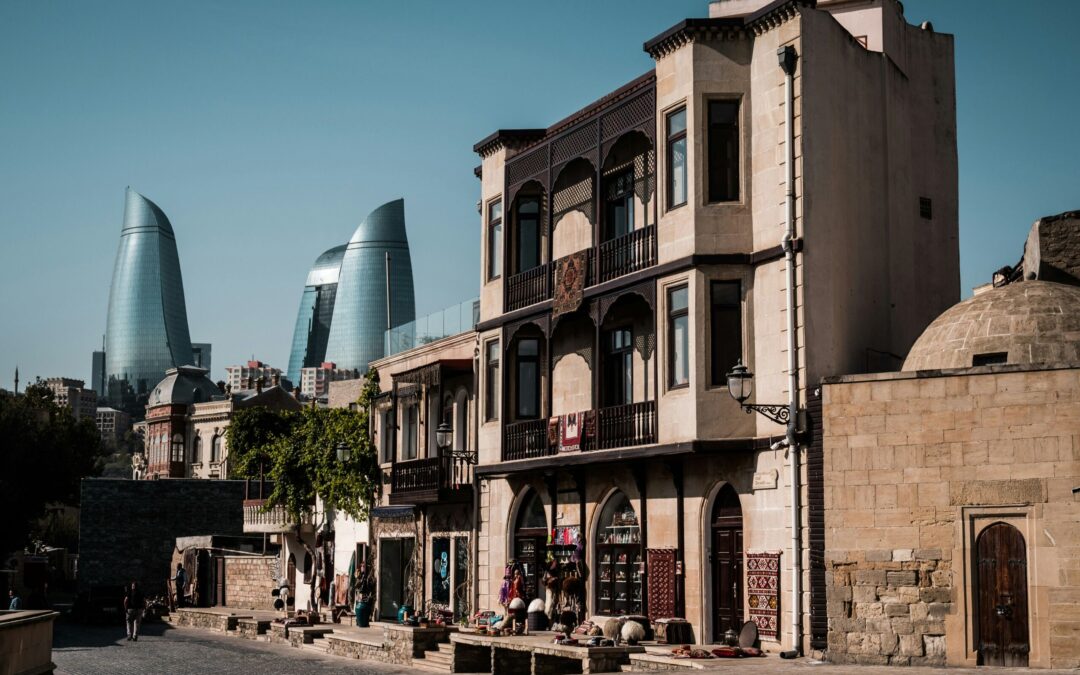Today marks the beginning of the United Nations’ 29th Conference of the Parties, or COP29. Look forward to two weeks of international handwringing about the U.S. election results.
COP29 is being held in Baku, Azerbaijan, a decision which has been criticized due to the country’s strong export of oil and gas. Nearly 60% of Azerbaijan’s income is due to oil and gas, and “critics note that the country is looking to increase its exports of natural gas, including more shipments to Europe.” Russia’s invasion of Ukraine decreased European imports from Russia significantly and European governments are mandating minimum reductions of 15% natural gas consumption extended through 2025.
COP29 will also pull less than one-half the attendance that last year’s summit in Saudi Arabia did. Notable absences include Germany’s Prime Minister Olaf Scholz, citing the collapse of his ruling coalition, as well as European Commission President Ursula von der Leyen, Emmanuel Macron, Justin Trudeau, and Joe Biden. The Wall Street Journal reports:
Attendance this year is likely to be much lower than last year, with a number of companies choosing to send smaller delegations or completely skip the conference in part because of its location. More than 80,000 attended in Dubai, with less than half that figure expected in Baku, the U.N. said… Most major banks including JPMorgan, Morgan Stanley and Goldman Sachs are choosing not to send their senior executives, despite the summit being dedicated to energy-transition finance.
A potential development of COP29 could be the implementation of a U.N.-run global carbon market that would allow countries and companies to buy offsets for their carbon emissions. The focus of COP29 is to find a financial means of funding climate efforts in poorer countries. Bloomberg describes the idea (emphasis added):
The primary objective of this year’s climate talks is to come up with a “New Collective Quantified Goal” on climate finance. This is designed to replace rich countries’ existing target to provide $100 billion per year to poor countries to help support their green transition and resilience to increasingly extreme weather events.
There will likely be a bigger number announced at COP29, possibly in the trillions of dollars per year, to meet the needs of developing countries. There is growing momentum behind the idea of a multi-layered approach, meaning much of the pledged money wouldn’t just come from rich countries’ treasury accounts, but also the private sector and multilateral development banks. How countries incentivize those parties to contribute will be a key detail that determines the credibility of any big promise made on finance.
Where will the trillions of dollars a year come from? (Good question. Up until Nov 5., attendees would’ve assumed it to be the U.S.) More important is the question of whether the world has enough of the minerals it needs to build the wind, solar, and battery storage it’d need to meet those goals.


